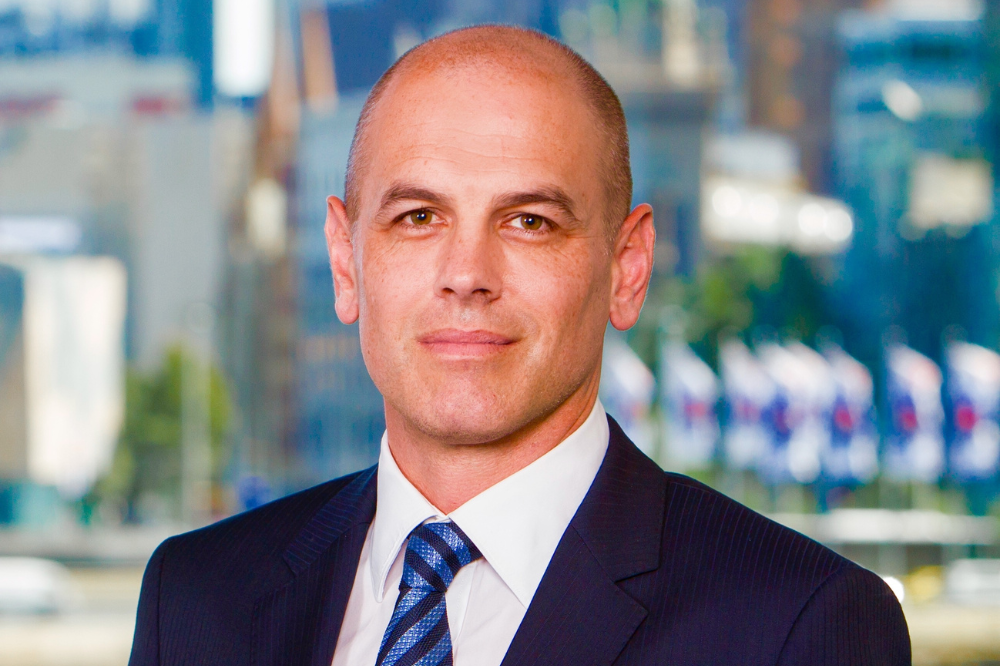Insights for brokers from insurers’ FY22 results

Head said the Australian insurers he examined described their results with quite similar messaging.
“They all benefitted from solid GWP [Gross Written Premium] or top line growth, ranging between six to 13% and this was mainly a result of premium rate increases on renewals, rather than new business,” said Head.
Suncorp achieved top line growth, he said, and also improved both its loss ratio and combined operating ratio. However, its profit was impacted by natural catastrophes.
“They also specifically called out the impact of investment returns on their overall results,” said Head.
Insurance Australia Group (IAG) also achieved top line growth but appeared to be more impacted by natural catastrophes which he described as a “a very consistent theme.”
“The main difference in IAG compared to other insurers was their call out around the impact of long tail or their casualty portfolio, and specifically, worker to worker injuries and returning workers and also silicosis from prior years,” said Head.
Read more: IAG releases annual results
The Honan data and analytics specialist said this impact could be seen “right down the chain” including CGU, the insurers’ main intermediated brand.
“They’ve [CGU] got less appetite towards casualty business at the moment, I think as a result of their [IAG’s] overall results,” said Head.
QBE’s half-yearly results showed a 1% improvement in their combined operating ratio.
“QBE were very pleased with the improvement,” said Head. “Particularly in Australia, where it achieved a 90% – which is certainly a hurdle for combined operating ratio, which most insurers want to be on the better side of.”
Read more: QBE releases half-year financial report
However, like IAG and Suncorp, its results were “mainly offset” by the flooding disasters across Australia’s east coast earlier in the year.
Honan also compared the financial results from Australian insurers to results from global insurance companies – one of those was Chubb.
“Chubb certainly had very superior underwriting results indicated by a combined operating ratio of 84%, and that’s significantly superior to any of any of their peers,” said Head. The firm, he said, noted its improvements across the board including underlying performance, premium growth and investment income.
For its analysis, Honan looked at Lloyd’s 2021 full year results, announced in March. Lloyd’s half-year FY22 were only released in early September.
“Just as a comparison, given how important Lloyd’s is, we had a look at that [2021 results],” said Head. “They are definitely achieving premium growth through rating increases, and they’ve had a significant turnaround in performance seen through their combined operating ratio.”
Head said the issue of claims inflation stood out as an interesting feature of the results overall.
“All insurers have called out claims inflation as having an impact,” he said. “What’s effectively happening is premiums are rising, however, that’s being offset by a number of factors.”
One of those factors, he said, is weather related claims, and the other is around claims inflation.
“The cost of repairs [to houses, cars, etc] is now more expensive than it was this time 12 months ago,” he said. “So, claims inflation is very topical and how insurers handle this is something we’re going to be watching very closely.”
Head said that, typically, most insurers are offsetting claims inflation through pricing increases, “where they can.”
He also said insurers are definitely looking to grow but more selectively.
“They’re paying closer attention to portfolios and individual policyholder’s risks, more now than they ever have done before,” said Head.
He said insurers are in a situation where their underlying performance is “much improved” partly because of two or three years of heavy remediation of their portfolios. However, he said, performance hasn’t improved as much as they were hoping because of catastrophe claims and claims inflation.
“What we are seeing is insurers are a lot clearer on what business they want to write,” he said. “While that doesn’t come through in the results, they’re the conversations we’re having with them on a day-to-day basis around understanding their appetite and then aligning our clients’ renewal strategy with insurers with appetite for their particular risk.”





